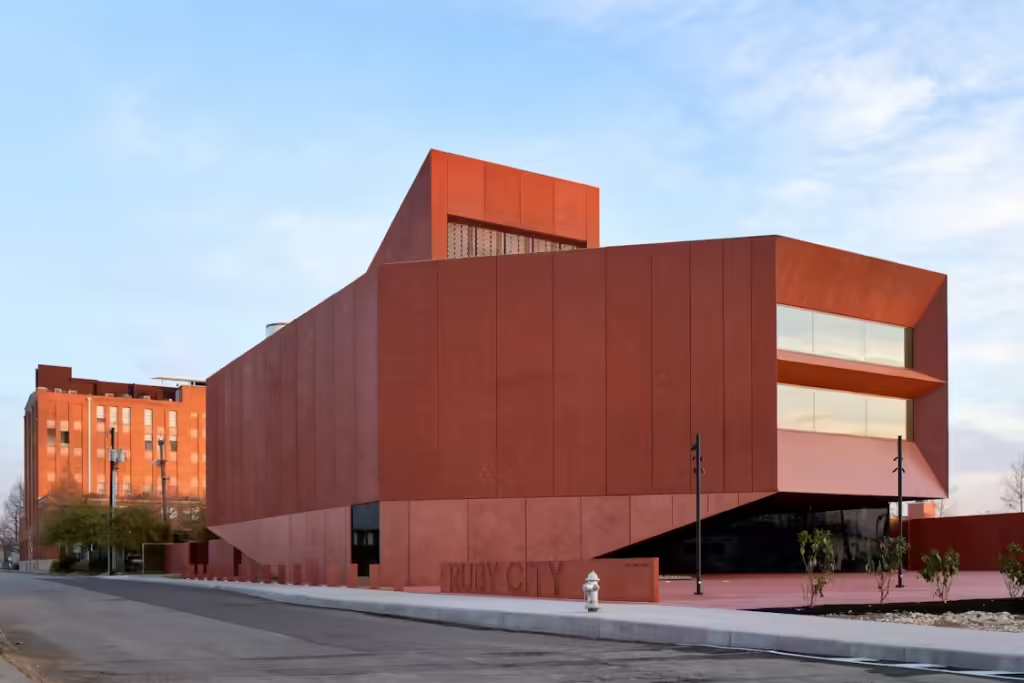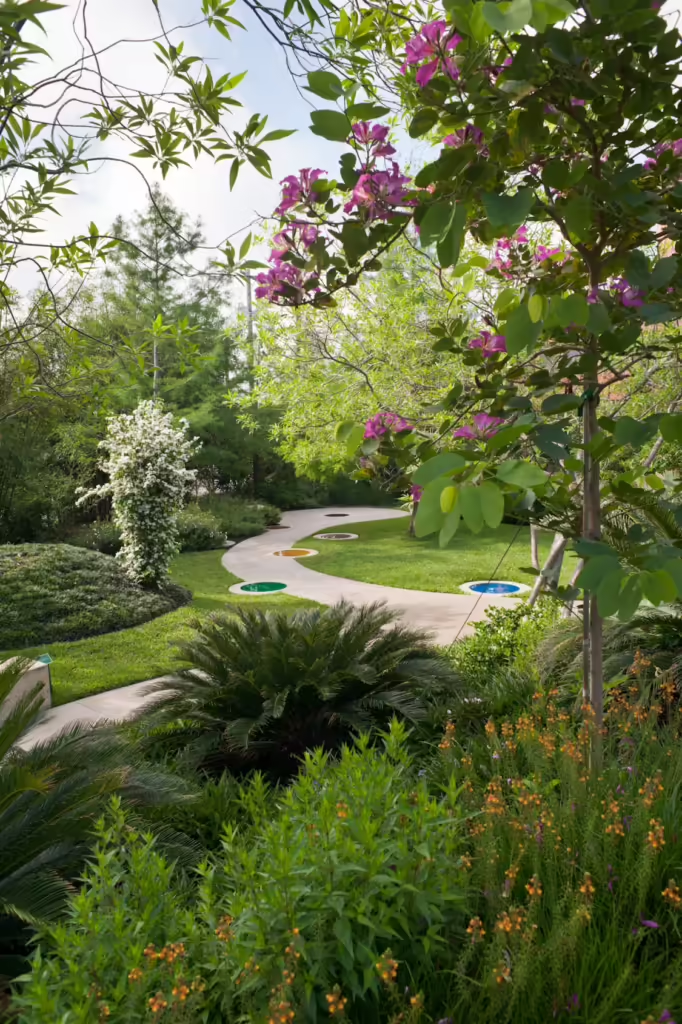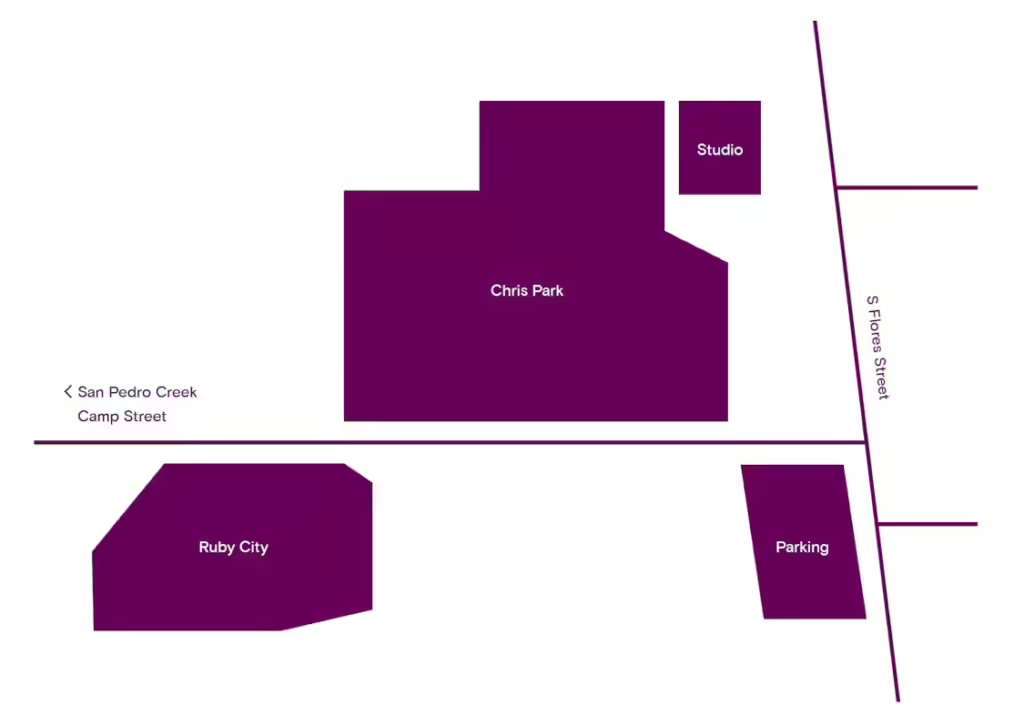ISAAC JULIEN FANTÔME AFRIQUE
THROUGH APRIL 24 2023

Fantôme Afrique, 2005
Three-screen projection, 16mm film transferred to digital, color,
5.1 surround sound
17 min.
Fantôme Afrique presents Burkina Faso in West Africa and its capital, Ouagadougou, as the dynamic result of its complex history and present-day realities. The multiscreen installation includes images of architectural sites from the past and present, a cinema, rural areas and the busy streets of Ouagadougou. Interspersed are clips from early colonial African expeditions and pivotal events in African history.
Figures central to the film, a female “witness” and a male “trickster/phantom,” guide viewers through many of the sites Julien depicts. As her name implies, the witness serves as a representative onlooker of the current state of things, including bustling pedestrians, quiet rural areas and a cinema. The trickster/phantom combines a West African folkloric character who creates disruption and chaos with a representation of the past. This figure dances his way through precolonial buildings, which serve as a reminder of Burkina Faso’s vigor before European subjugation, and futuristic-looking structures under construction among other sites, such as the cinema, that show its continued vitality.
Burkina Faso, as Julien demonstrates, is a hybrid like many other African countries. It has been shaped by a long period of French occupation (1896–1960) and more recently by the country’s self-determined response in the aftermath of colonization. In a bold move following independence, Burkina Faso’s leaders fostered the development of a film industry, based in Ouagadougou, and included support for cinemas and film studies to sustain it. Today, the city is the center of African cinema and among the most internationally connected on the continent. Both pre- and postcolonial forces remain strong and have created a city and country that occupy an altogether new territory, one that is alternatively local and global, rural and urban, preindustrial and contemporary. With Fantôme Afrique we see how in Burkina Faso the past, present and future are always haunting our experiences of the place.
Want to know more…
about the title of the work?
The title refers to surrealist writer Michel Leiris’ 1934 book L’Afrique fantôme, which details his participation in a French state-sponsored anthropological expedition. His book blends personal details with anthropological observations, revealing the inhumanities of colonialism and collective exotic fantasies about Africa. By transposing the book title’s words, Julien suggests that he is attempting to overturn prevailing false and often racist ideas about Africa.
about the “witness”?
The witness, or Black woman in white, is Victoria Myrie, the actress in each of the films in the Expeditions trilogy (as well as in Julien’s Baltimore, 2003). She always appears at some point in a white dress, serving as an observer to the surroundings and goings-on and linking the films in the trilogy together.
about dance in the film installation?
The “trickster/phantom” character is played by choreographer Stephen Galloway. Like many of Julien’s works, Fantôme Afrique incorporates dance. Julien relies on dance to offer “a different way in which I can look at things. But it never becomes more than one element in a piece. I use its language just as I do the language of film—not to narrate or illustrate, but to provide a way of thinking.” Here, Galloway’s unexpected dance movements upend our expectations, just as Julien counters our ideas about post-colonial West Africa.
about the Expeditions trilogy?
Fantôme Afrique is the second in a trilogy of film installations titled Expeditions. The other films, which have been previously screened at Ruby City, are: Western Union: Small Boats and True North. Although each film has specific influences and subject matter and can be shown independently, they were made to highlight, as the artist states, “the movement of people around the globe and … to relate geopolitical issues to the individual.” Julien focuses on landscapes or specific places because they have “determined a huge amount of our histories” and continue to shape our world today.
about Isaac Julien’s tendency to work in a non-narrative, multi-screen manner?
As he states, “I always consider the viewer’s expectations—the ways people assume they will encounter a story—so that I can confront them with contradictory strategies. This is not just about breaking things down, and it’s not done only to transgress or shock. It’s part of making something new, of trying to create modern poetry.”
about the artist?
Sir Isaac Julien is internationally known for his poetic, meditative multiscreen film installations and photographs, which reflect his long-term study of film history and production. Using these mediums, he often focuses on specific places and landscapes to present counter or unknown histories in a nonnarrative style. With both lyrical and descriptive power, Julien’s works reveal the complexities of contemporary human experience along with the historical forces or events that continue to affect the present.
Black and queer identities, diaspora, migration, and the underlying effects of capitalist economic systems have been the focus of his films. His work has been the subject of numerous international exhibitions which underscore his ability to beautifully present complex subjects in a nuanced, multilayered manner while also immersing viewers in foreign locales and little-known narratives. He is currently the subject of a major solo exhibition at the Tate Britain which highlights his work from the 1980s through the present. Julien is a professor at the University of California, Santa Cruz.



